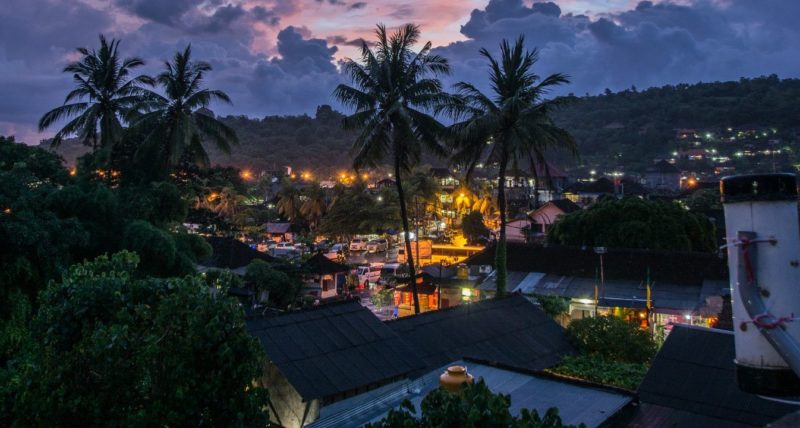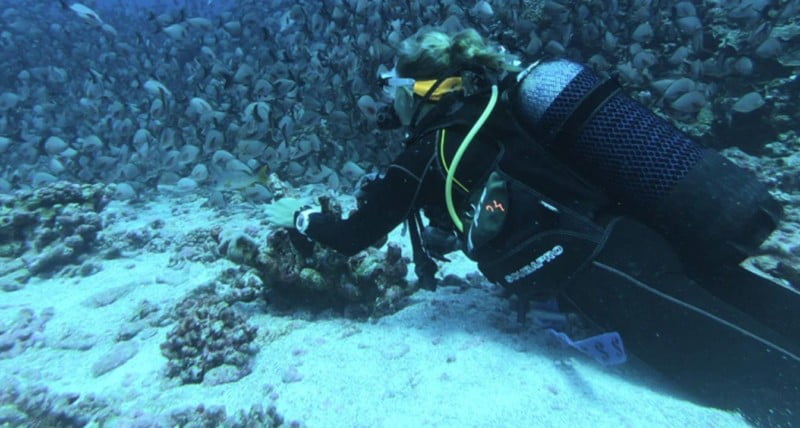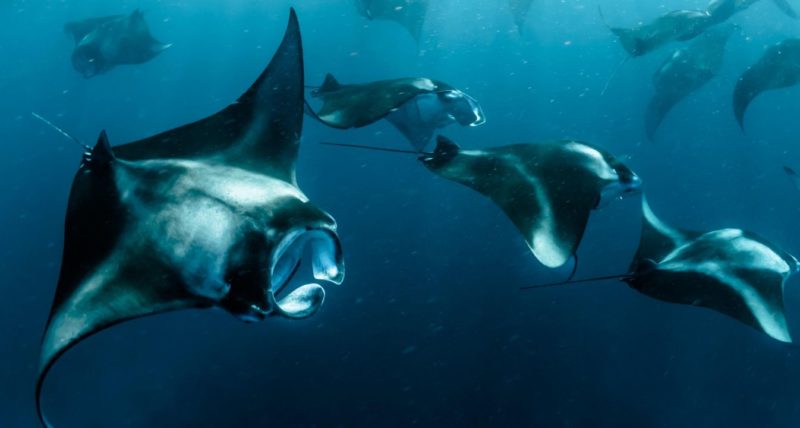History of Bali
When was Bali first inhabited?
Based on the finding of ancient tools such as hand axes we know that Bali was populated from Palaeolithic times from around 1 milion years BCE by Java Man on of the first know species of Homo erectus. The first wave of Homo Sapiens arrived to Bali around 45 000 BCE when Australoid people migrated south and replaced Homo Erectus on the end of Mesolithic period. From around 3000 BCE the forests and jungles started to be cleared to make a way for the first Neolithic establishments of cultures and villages. People responsible for this change were Austronesian and they seem to have migrated from South China, probably through the Philippines and Sulawesi. Stone tools dating from this time have been discovered near the west Bali village of Cekik.
Bronze Age in Bali
The culture responsible for a bronze age in Bali is know as a Dong Son culture and it arrived to the island around 600 BCE from Northern Vietnam. Even the raw material (copper and tin) to make bronze had to be imported to Bali the bronze tools on the island were plentiful and many axes, cooking tools, jewellery and ceremonial drums were excavated on the island. “Moon of Pejeng” the largest ceremonial bronze drum ever discovered in Southeast Asia actually comes from Bali. Bali was obviously a spiritual place directly from its roots.
Buddhism in Bali
Buddhism arrived to Bali in the 8th century through the establishment of the Borobudur temple in Central Java and according to archaeologist Anak Agung Gede Oka Astawa Buddhism came to Bali 50 years earlier than Hinduism. This era is as well define by first written records in Bali, in the form of clay pallets with Buddhist inscription found in Kelibukbuk North Bali. Buddhism and Hinduism in Indonesia have gone through a long road of mutual adaptation and the phrase “Bhineka Tunggal Ika – Dissimilar Yet One” turn in to modern Indonesian sentence “Unity in Diversity” is a true reminder of that times.
Hinduism era in Bali
Ancient Bali of a 9th century CE had nine known Hindu sects, namely Pasupata, Bhairawa, Siwa Shidanta, Vaishnava, Bodha, Brahma, Resi, Sora and Ganapatya. Each sect worshiped a specific deity as its personal Godhead. Little is known of Bali during the period when Indian traders brought Hinduism to the Indonesian archipelago but according to the Balinese people, the arrival of the people from the kingdom of Majapahit was the beginning of the deployment of Hinduism in Bali. Balinese Hinduism is an amalgamation of Indian religions and indigenous animist customs that existed in Indonesian archipelago long before before the arrival of Islam. An important belief of the Balinese Hindus is that elements of nature are influenced by spirit. The temples in Bali have similar designs and principles as the Indian temples. Balinese calls their sacred temples (Pura), which literally means holy place with enclosed walls.
Where the Name of Bali comes from
Sri Kesari Warmadewa from Sanur in Bali gave the island the name Bali Dwipa in the year 913, which is from Sanscrit meaning island of sacrifice, reincarnation, or offering. The name Bali dwipa (“Bali island”) has been discovered from various inscriptions, including the Blanjong pillar inscription written by Sri Kesari Warmadewa in 914 AD.
First Europeans in Bali
The first European contact with Bali is thought to have been made in 1585 when a Portuguese ship foundered off the Bukit peninsula. Dutch political and economic control over Bali began in the 1840s on the island’s north coast and despite the strong resistance of Balinese royal army Dutch governors were able to exercise administrative control over the island by 1910, but local control over religion and culture generally remained intact. Bali was included in the “Republic of the United States of Indonesia” when the Netherlands recognised Indonesian independence on 29 December 1949.
Western Tourism in Bali
Western tourism first developed on the island as early as 1920’s when Bali already got recognise for its unique spirituality and culture. From a strictly commercial point of view, the Dutch were the first to recognise the potential that Bali offered with tourism soon to be followed be British The Orient Touring Company and the Blue Bird Group. The Blue Bird Group had written the first guide book for Bali in 1925. One of the pages of the guide book went: “Bali, the island immediately east of Java, is so easily accessible that it must inevitably be flooded with tourists…the day is not far distant when more pasanggrahans (rest-houses) will be erected to cope with the steadily growing volume of visitors.”
Very prophetic wasn’t it?
The rapid development of Bali tourism started when in the 70s American and Australian surfers discovered a lot of good waves on the island of Bali. Then the tourism went on like an American space program in 60s, but tourism in Bali unlike the space program in US never really stoped for a brake.



